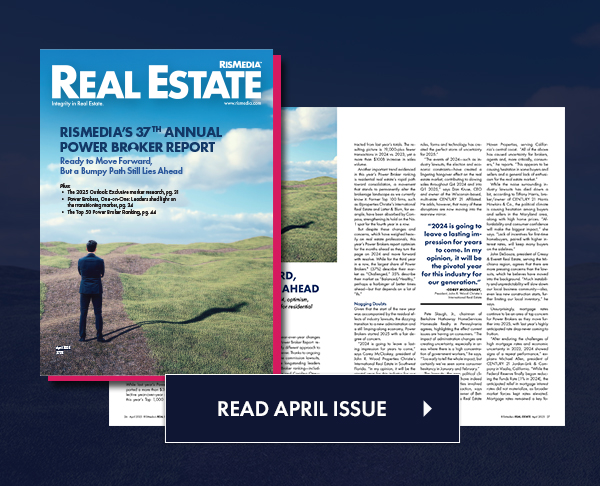RISMEDIA, March 31, 2010—A new analysis by the Center for Neighborhood Technology (CNT) shows that only two in five American communities—or 39%—are affordable for typical households when their transportation costs are considered along with housing costs.
The Housing + Transportation (H+T) Affordability Index examines 337 metro areas across the country—encompassing 161,000 neighborhoods and 80% of the U.S. population—and provides the only comprehensive snapshot of neighborhood affordability by accounting for combined housing and transportation costs associated with a community. The H+T Index and its accompanying report, Penny Wise, Pound Fuelish, illustrate the direct link between household transportation costs and the location and design of neighborhoods and transit options.
Under the traditional definition of housing affordability (30% or less of household income spent on housing), seven out of ten U.S. communities are considered “affordable” to the typical household. But in almost all metro regions of the country, when the definition of affordability includes both housing and transportation costs—at 45% of income—the number of communities affordable to households earning the area median income decreases significantly. Nationally, the number of affordable communities declines to 39%, resulting in a net loss of 48,000 neighborhoods with combined housing and transportation costs that stress the average family’s budget.
“Across the nation, families are dealing with the economic crisis and looking at their bottom lines to determine how they can save money and plan for the future,” said Congressman Earl Blumenauer (D-OR). “The H+T Index provides valuable information about the two biggest household expenses, housing and transportation. This index will help policymakers level the playing field to improve location efficiency, and it will help lenders educate consumers about the trade-offs and costs associated with their housing choices.”
For most families, transportation is the second largest household expense. The new analysis shows that for many families in “drive ‘til you qualify” zones, savings realized from lower cost housing are eliminated by unexpectedly high transportation costs. Yet it is difficult for consumers and policymakers to estimate the full costs of a location, including the cost of both housing and of transportation. This lack of information can lead families to unknowingly make housing decisions that cause them to live beyond their means as gas prices rise and commutes grow longer. A community’s average transportation costs can range from 12% of household income in efficient neighborhoods with walkable streets, access to transit, and a wide variety of stores and services to 32% in locations where driving long distances is the only way to reach essential services.
“The Rockefeller Foundation is proud to have funded the H+T Index as part of our initiative to promote equitable and sustainable transportation,” said Nick Turner, Managing Director at The Rockefeller Foundation. “This unique tool will give consumers the opportunity to make more informed decisions about where they can afford to live, and help provide policy makers with data to develop new policies and targeted investments that can reduce transportation costs. Transportation costs are often the second highest expense for working Americans–and the Rockefeller Foundation’s initiative is committed to helping Americans re-think our transportation future as a critical way to expand economic opportunity.”
The failure to provide Americans with affordable transportation and compact neighborhoods that support pedestrians and cyclists as well as drivers, increases the financial pressure on families, resulting in unstable household budgets, lack of savings, and even foreclosure, and places communities across the country, particularly those with inadequate transportation options, at greater risk.
“In recent years we have seen foreclosures increasing faster in outer suburbs than in central cities. When gas prices peaked in 2008, families in many regions saw their transportation costs soar by $3,000 per year or more. When communities have few transportation options and require driving long distances for basic necessities, already stressed household budgets are very vulnerable to spikes in gas prices and rising transportation costs,” said Scott Bernstein, president and founder of CNT. “The H+T Index gives a reliable estimate of each neighborhood’s average household transportation costs, a strong move toward a ‘no surprises, no sticker shock’ home buying or renting experience.”
For more information, visit www.cnt.org.










